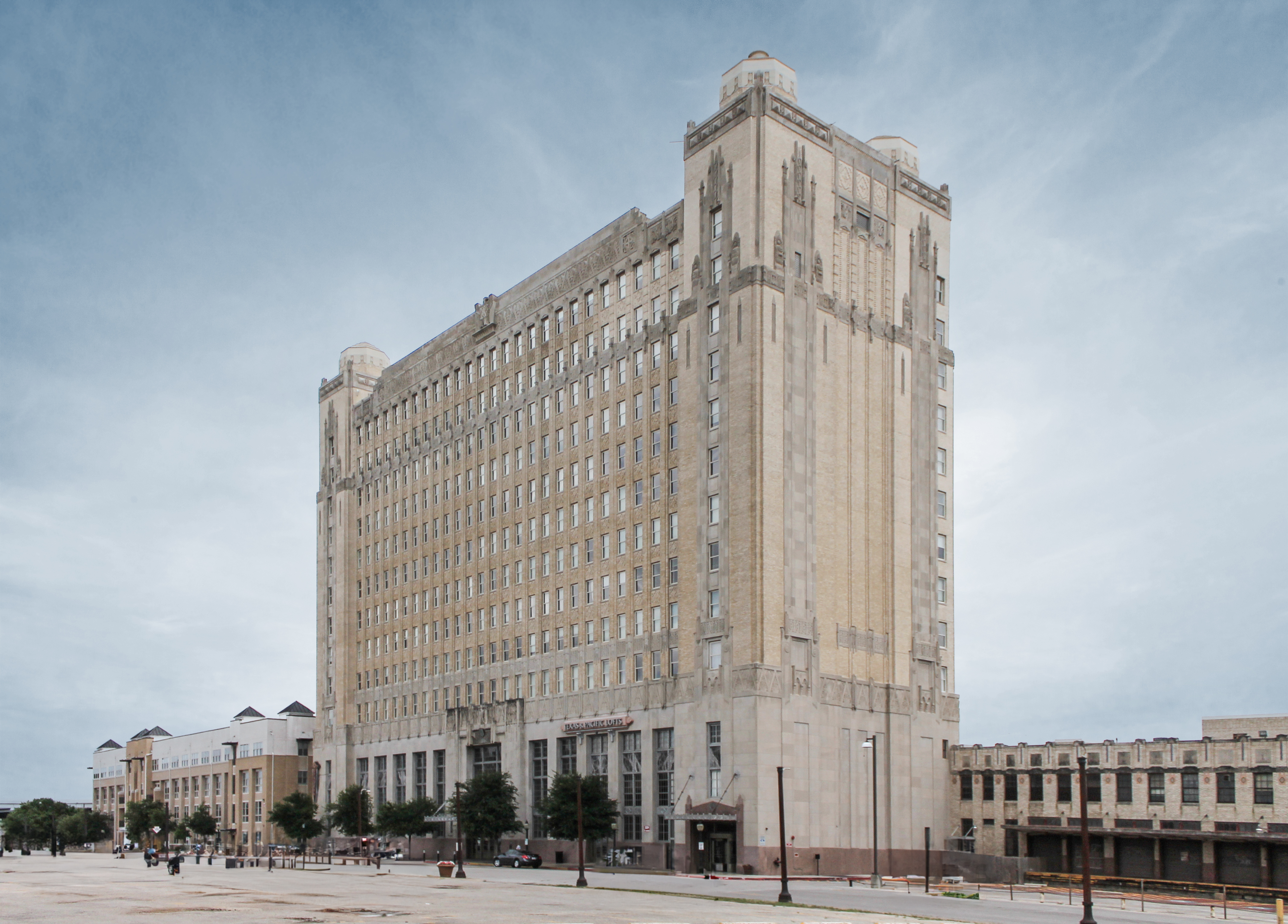The T&P Station is an Art-deco skyscraper designed by Wyatt C. Hedrick, and built between 1930 and 1931 in Fort Worth, TX.
T&P Station is not the only name you might know this building by though. The building is, or has also been known as Texas and Pacific Station.
Its precise street address is 221 W.Lancaster Avenue, Fort Worth, TX. You can also find it on the map here.
The T&P Station is a structure of significant importance both for the city of Fort Worth and the United States as a nation. The building embodies the distinctive characteristic features of the time in which it was built and the Art Deco style. Because of that, the T&P Station was officially declared as a national landmark on May 26th 1978, and was also included in the Fort Worth Register of Historic Places in 1980.
The building has been restored 2 times over the years to ensure its conservation and adaptation to the pass of time. The main restoration works happened in 2001 and 2006.


